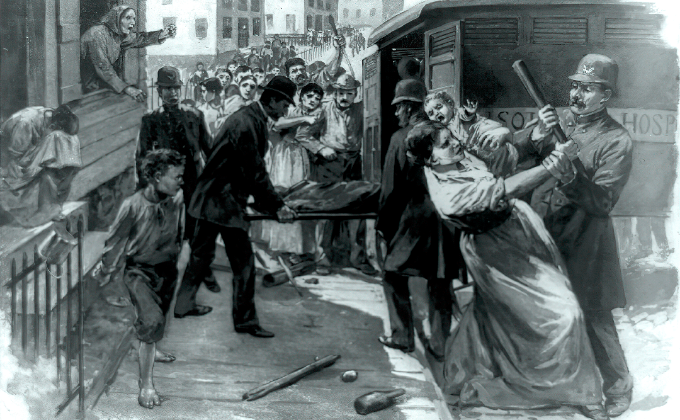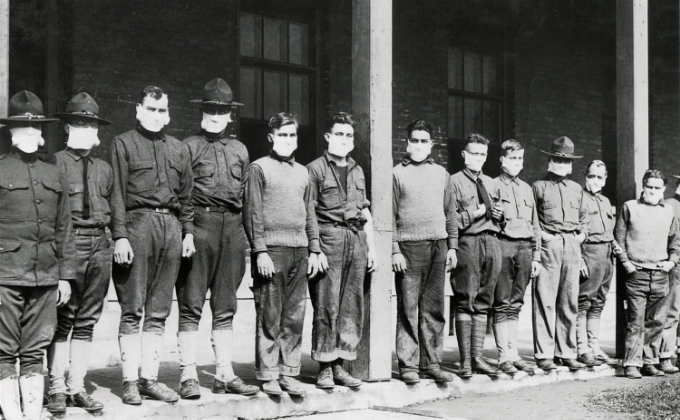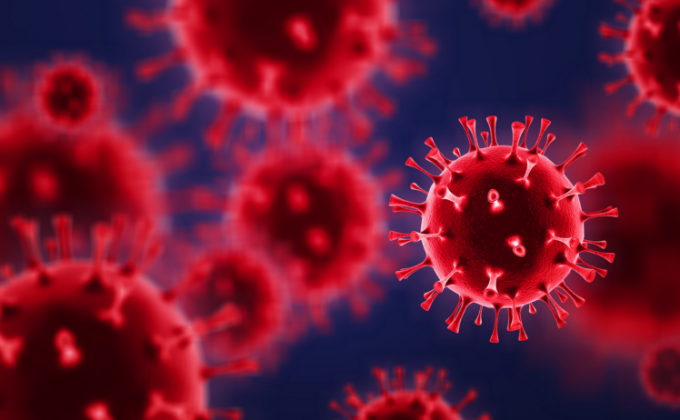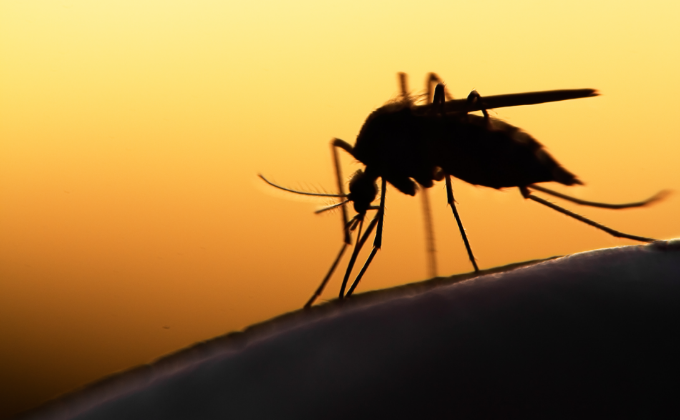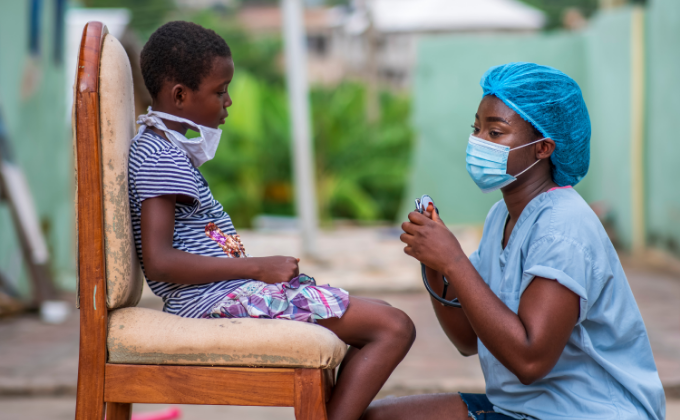Medical professionals and researchers were on the front line in the fight against the pandemic. Ordinary people also joined the fight, looking for a way out of the darkness and taking whatever measures they could. New methods of treatment and diagnosis and preventive measures have brought hope to society, and our daily life has gradually been returning to normal. Our experience will be the foundation for the fight against tomorrow’s infectious diseases.









